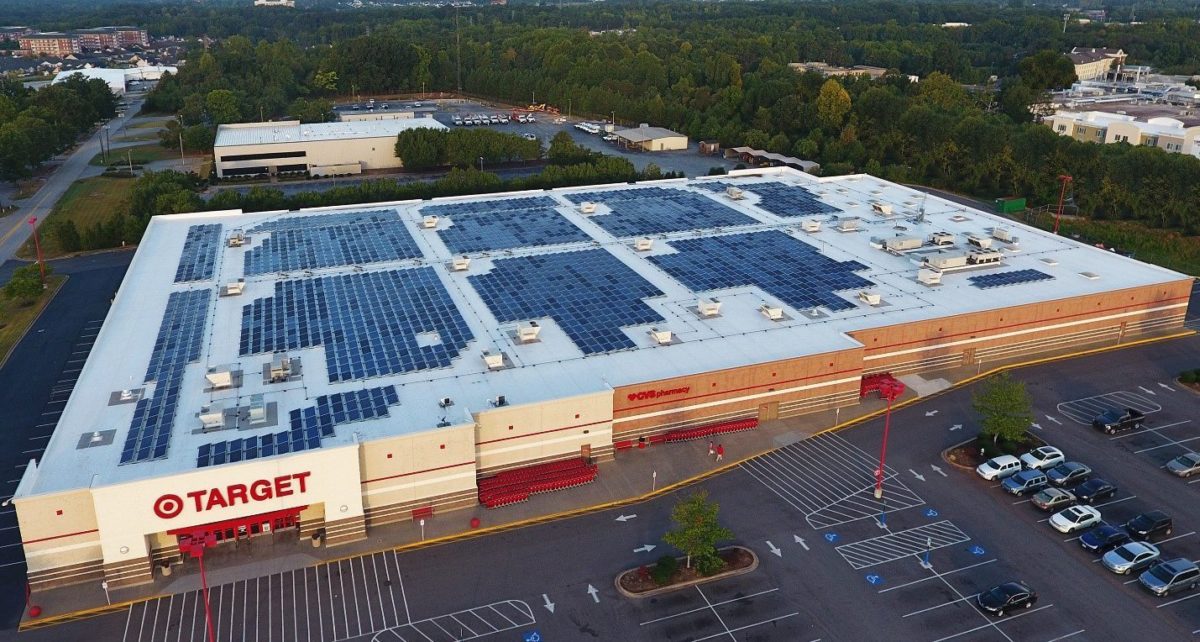RE100, the coalition of the world’s largest companies committed to becoming 100% renewably powered experienced a banner year in 2019, growing by over a third, with 40% of that growth coming from Asia and the South Pacific. Now, with over 200 members, the cumulative electricity demand of RE100 participants, if taken as one country, would be 21st in the world, at 228 TWh/year.
Of those more than 200 countries, 3 in 4 are targeting 2030 at the latest to go 100% renewable, while the average date to go 100% is the end of 2028. For a United States perspective, with the exception of Washington D.C., all of the 100% zero carbon and/or renewable energy policies that have been implemented in three states and Puerto Rico have a 2045 or 2050 timeframe to meet this target.
New Mexico has a 50% by 2030 mandate, whereas California took the opportunity to increase its RPS to 60% by that date. Hawaii pushes most of the action to the final 15 years, calling for only 40% by 2030, and Puerto Rico mandates and initial rush to increase renewable energy 13x to reach 40% by 2025, but then only calls for 60% by 2040 before moving to 100% by 2050.
While there is a distinct difference between the energy needs of each singular corporation in comparison to states the size of small nations, it’s impressive to see such ambition in the corporate sector.
Actually, speaking of ambition, The Climate group also shared that 1 in 3 RE100 members are now more than 75% renewably powered and more than 30 have reached their 100% goals, roughly 14% of member companies. As a result of the switch to renewable energy, half of the companies have experienced cost savings as a result.
In more tangible terms, as of the end of 2018, RE100 members sourced 87 TWh/yr of renewable electricity, up from 72 TWh/yr the year before. What that means is that member companies source 38% of their total electricity usage from renewables.
Perhaps the most reassuring tidbit shared in the RE100 2019 update comes from the fact that members are generating more than they are purchasing renewable electricity. From the report:
In 2018, members also generated more of the renewable electricity they consumed – over 3 TWh in 2018 (4% of the total), with 104 disclosing companies using this approach. In addition, almost 2 TWh of renewable electricity was purchased from on-site installations owned by a supplier (2% of the total).
One of the largest self-generators in the RE100 is Target, which just so happens to be one of the aforementioned 75% of RE100 members targeting 2030 at the latest to go 100% renewable. Target is host to 229 MW of on-site generation, as of July, which is built off of a vast portfolio of 464 installations. Another RE100 member, Walmart, is just behind Target in the on-site generation regard, with 152 MW over 375 installations.
With 2019 coming to an end, the Climate Group is looking ahead to the next decade, sharing:
2020 marks the beginning of the Climate Decade – ten years to halve greenhouse gas (GHG) emissions and put the world on track to reach net zero by 2050… Through RE100, they have a platform to do so. We will be making sure that their voices are heard loud and clear by governments and the energy sector around the world, who will need to rapidly respond to the increasing demand for clean and affordable electricity.
This content is protected by copyright and may not be reused. If you want to cooperate with us and would like to reuse some of our content, please contact: editors@pv-magazine.com.









Coincidentally, I went to target last night. Not only does that one (south of Denver) have solar on the roof, but they have EV charging. I didn’t notice the EV charging until I was leaving so only drove by it. It is from Electrify America.
It looks like the industry understands that non-fueled generation is not only cheaper than electric utility delivered energy, even if it is alternative energy, the understanding of running one’s business off of an asset one owns saves money over the long term. When energy storage gets down to the point the industry adopts on site energy storage creating the micro-grid, shedding the onerous utility rate spiking often called ‘demand charges’.
Now the manufacturing sector like those manufacturers that produce alternative energy generation devices like solar cells, panels, metal for wind turbines, plastic molding injection plants, even high energy requirements of foundry and steel mills. Processing plants for foods, drugs, household cleaning items. Those without the energy control in place for doing business as usual, will flounder, those who adopt their own micro-grid technology now, will have it paid for and the money saved on energy can be placed elsewhere in the operations of the business.